|
If you know anything about beer – or even if you’re just someone who likes beer – you probably know that Czech beer is simply wonderful. In fact, many rate Czech beer as the best beer in the world. And if you’re planning to visit Prague, you’ve probably read about how good Czech beer is. The Charles Bridge? The Astronomical Clock? Prague Castle? No, beer is the REAL Czech national treasure!
In any case, if you’re a beer drinker, I would venture to say that you’ll love Czech beer. And many of my tour clients who are not beer drinkers at all want to at least try it when they visit, and even those non-beer drinkers say it’s “very good.” In this post, I’m going to tell you a few things about Czech beer and some of the best places to enjoy it when you’re in town.
It’s not just for Breakfast Anymore
Pilsner Urquell – the King of Czech Beers
Speaking of Pilsner… the pilsner type of beer originated in the Czech Republic, in the town of – you guessed it – Pilsen (Plzen). In fact, technically speaking, only beers made in the town of Pilsen are supposed to be called pilsners. Obviously, that horse left the barn a long time ago, and no one is going to try to rein it back in, but in any case, not only is the method of brewing a pilsner unique, but apparently so is the Pilsen water used to brew it. (Another ingredient that makes Czech beer so good are Czech hops.)
Pilsner Urquell is considered the king of Czech beers, and most Czechs prefer it to others. It is ubiquitous in Prague and throughout the Czech Republic, but you can also take a trip to Pilsen to tour the factory and enjoy a glass of the unfiltered, unpasteurized stuff straight out of the old barrels in the brewery’s cellar. If you need more, you can have a very fresh mug of the stuff at the brewery restaurant, Na Spilce. In Prague, one of the best places to try Pilsner Urquell is Lokal, which serves “tank” beer that is no older than two weeks and is unpasteurized. The price is right, too.
Budweiser – Not the King of American Beers?
Budweiser might be the king of American beers, except for the fact that it’s not American. That’s right, Budweiser beer originated in the Czech Republic in the town of – you guessed it again – Budweis (or České Budějovice in Czech). Actually, the two beers are not the same – not the same company or brew – the Czech Bud (“Budvar”) existed first (and Budvar is considered one of the top Czech beers, like Pilsner Urquell, though their tastes are very different. Budvar is a bit sweeter, while Urquell is more bitter). When the founders of American Budweiser started their brew, they appropriated the name – and have been in trademark disputes with Budějovický Budvar ever since.
This Craft Beer Glasses Gift Set - 4 Stylish Unique Shapes
is sold on Amazon.com and is an affiliate link which helps support this site.
For that reason, Czech Budweiser, or Budvar, is not ubiquitous: The company is still state-owned, as the Czechs don’t want the American company to buy it. Being a state-owned company, they don’t have the same financial resources as Pilsner Urquell and other Czech privately-owned brands, so they don’t have as much money for distribution and advertising, either.
So, you’ll be hard-pressed to come by a Bud in Prague, though a few places do serve it, such as U Medvídků. But if you take a trip to Southern Bohemia, you’ll start to see more Budweiser signs affixed to restaurant and pub façades as you approach České Budějovice. You also won’t find it in the U.S. – at least not under its Czech name. Look for Czechvar instead. What About the Microbrew Trend?
And lest you think the microbrew trend somehow skipped the Czech Republic with its well-established large breweries that make some of the finest beer in the world, let’s set the record straight. Microbrews have hit the Czech beer market in a big way – but with a twist. As I write in my Prague Restaurant Guide, many Czechs consider some of the microbrews to be better than the big traditional brands, and some eschew the big brands altogether.
Here’s the twist: When the big Czech brands began to be bought up by large international beverage companies like Anheuser-Busch InBev/Asahi Breweries in the case of Pilsner Urquell and Molson Coors in the case of Staropramen, the new owners set about standardizing the production processes of the old breweries. Meanwhile, many smaller local breweries which were kept in operation by the communist command economy began to struggle or shut down completely. Some noticed an ever so slight decrease in quality – or at least a very slight change in taste – in some of the larger brewers' brands. In a revolt, some of the brew masters in the older breweries jumped ship and restarted production anew in the smaller local breweries, bringing with them the old traditional brewing methods that used to be the norm at the likes of Pilsner Urquell.
So, these were experienced people who knew what they were doing and who had a mission to preserve the old brewing methods and the wonderful resulting tastes. But when they revived the old breweries, they also experimented with new beer brands and types, mainly the unfiltered – and sometimes unpasteurized – variety. Later, Czech ales (ejl) appeared on the scene. Because these breweries were small and just getting (re)started, their products were hard to find in Prague initially. But many locals quickly picked out their favorites and would travel across Prague to the one pub that served, say, Poličské, or to the shop in the suburbs that sold Matuška.
Now the microbrews have proliferated, and you’ll sometimes find bottles of them in grocery stores, and many Prague restaurants serve them on tap now, too. And some pubs that are all about beer will have ten to 20 of them on tap on any given day and rotate the brands regularly. Prague's Original Microbrew?
I have to say, some of the microbrew brands are fabulous. Two of my favorites are Poličské and Uhříněves. Many microbrews are made in Prague, such as those brewed by Vinohradský Pivovar.
And I would be remiss if I did not mention U Fleků. It’s a microbrew of sorts that has been brewed in Prague since only a few years after Christopher Columbus set sail! And it’s still in the same spot! While the restaurant and beer garden are totally touristy now, it’s still worth a visit to try their dark and light lagers.
I hope you've enjoyed this brief introduction to the world of Czech beer. Next I hope you'll come to Prague to try it! If so, contact me to help you plan your Czech beer adventure!
2 Comments
TONY M. SANCHEZ
8/13/2022 06:18:35 am
I LOVE YOUR BIER,GREAT
Reply
8/14/2022 09:35:10 am
Thank you, Tony! Glad you enjoyed Czech beer!
Reply
Your comment will be posted after it is approved.
Leave a Reply. |
YOUR DONATION HELPS ME KEEP THIS BLOG GOING.
Even a small donation will help and is much appreciated! Consider making a donation today!
AuthorI am an American who has been living in Prague for two decades. After a long career in international finance, I left the business world to pursue other interests. I now work as a writer, mentor and guide to the city. Archives
June 2024
Categories
All
|
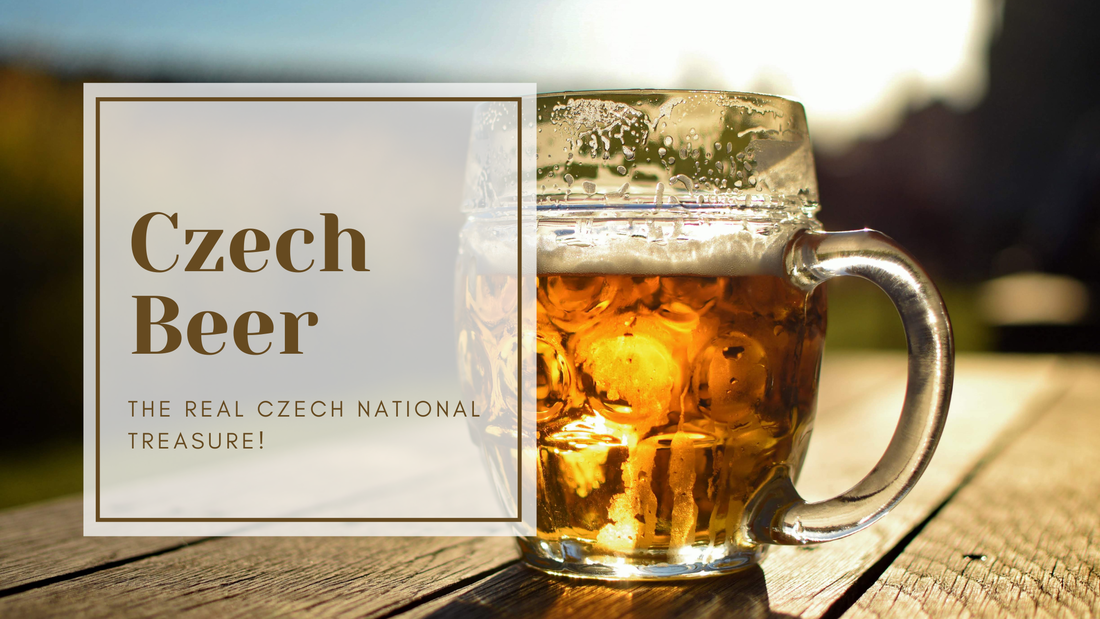



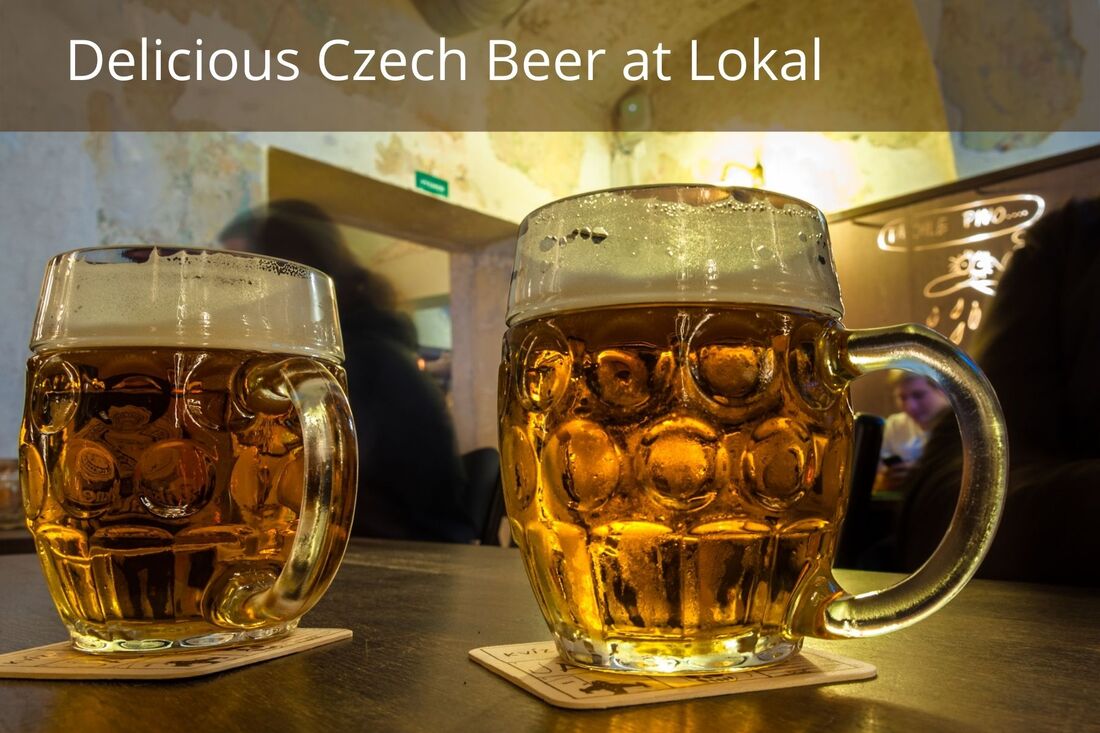


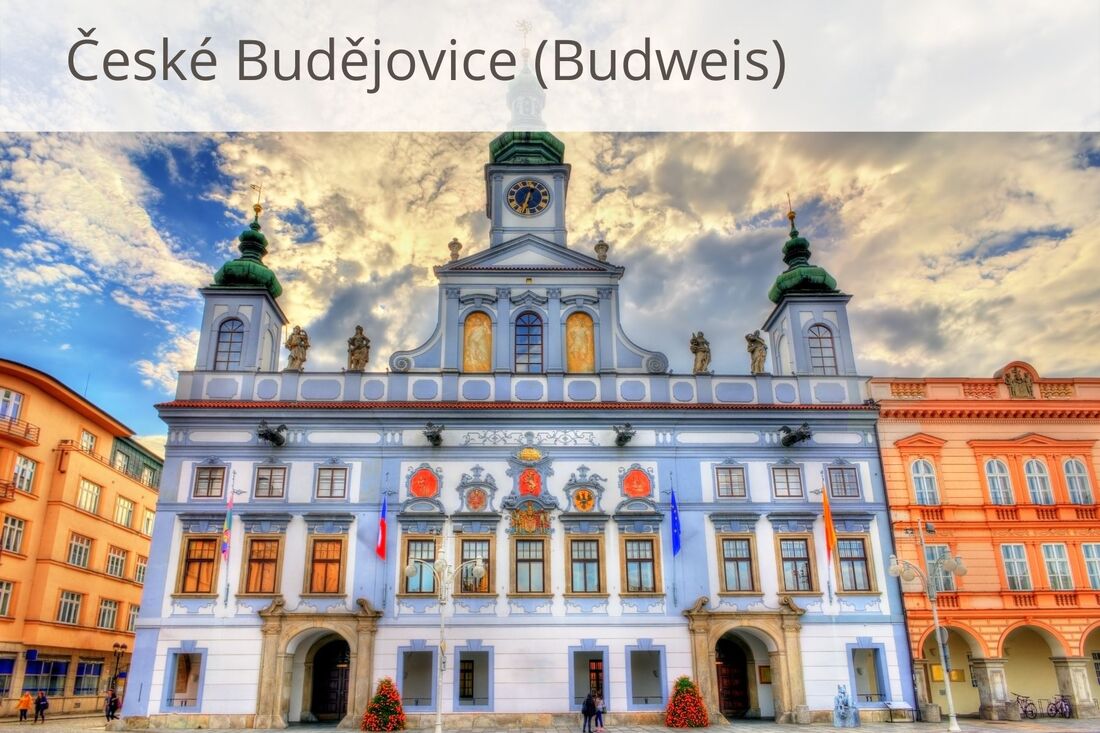
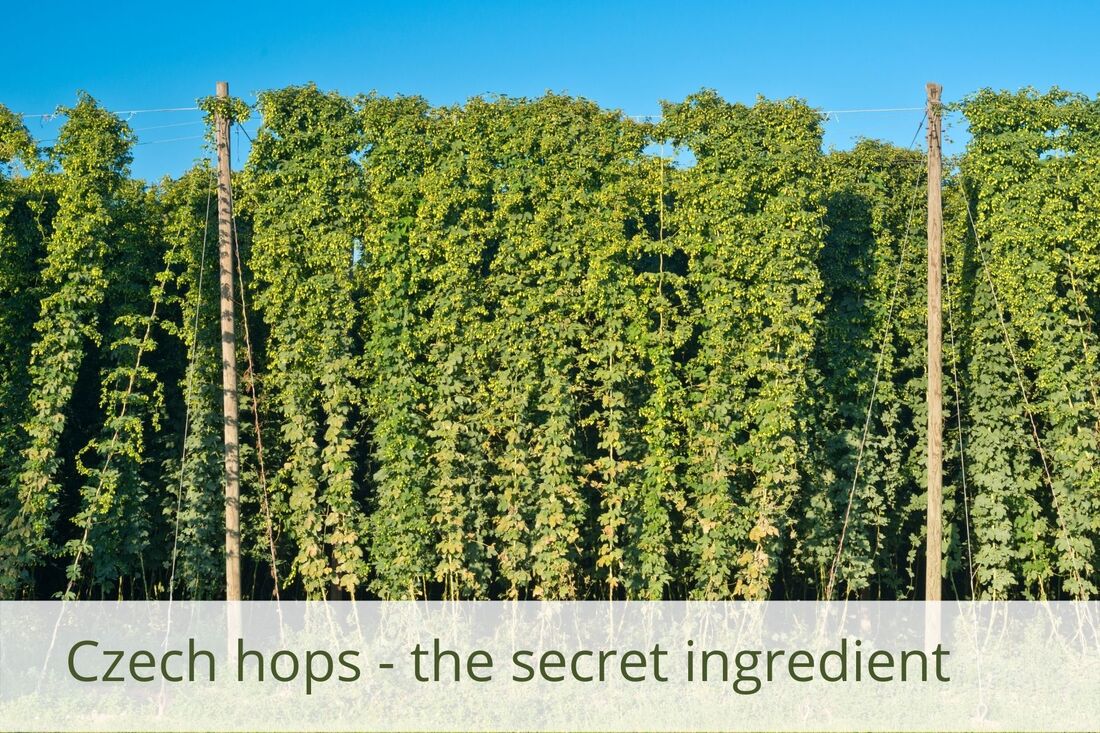
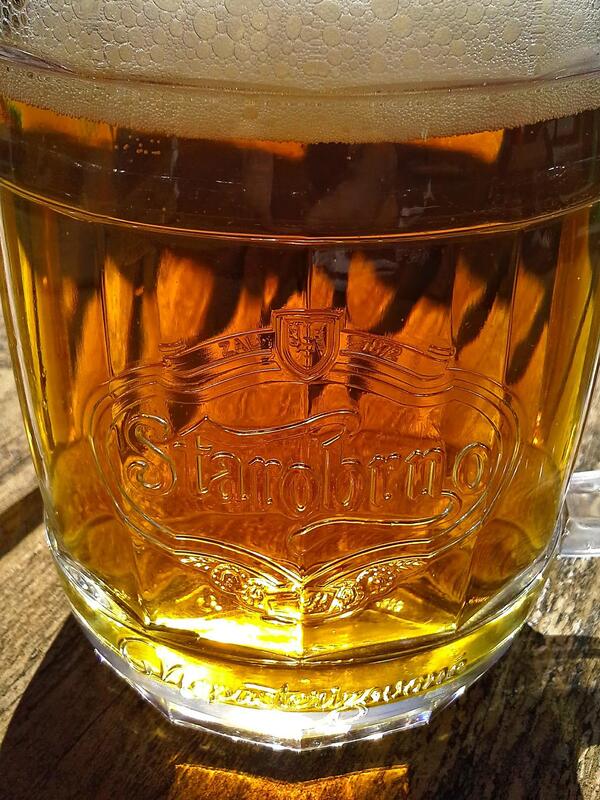



 RSS Feed
RSS Feed